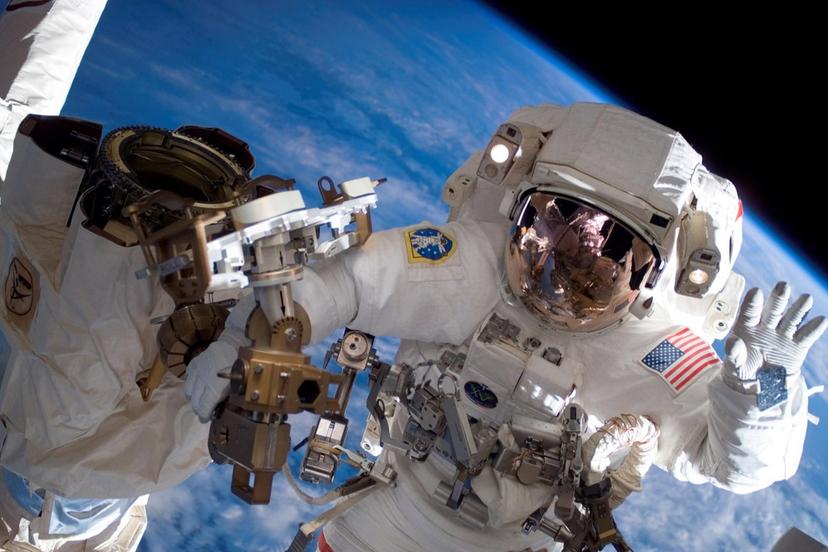Space Exploration

Background
Space exploration began in the second half of the 20th century, but its roots can be traced back to 1926 with the launch of the first vehicle propelled by ejection of gases, the rocket. Russian Konstantin E. Tsiolkovsky and American Robert Goddard developed and launched this early fuel rocket. During World War II, a German team developed the V2 rocket, the first long-range guided missile. The era after World War II marked a time of rapid development in space exploration technology. The war had created an atmosphere of distrust among some nations. Both the United States and Russia quickly responded to Germany's development of the potent V2 rocket, and the arms and space race began.
In America, the National Advisory Committee for Aeronautics (NACA), founded in 1915, pursued research in rocketry with an eye toward developing rockets for use as weapons as well as to put men into space. At this time, scientists were laying the foundation for physically exploring space. Men could reach space via rocket, but what kind of environment would they find there and what kind of equipment would they need to survive? More importantly, how could they return safely?
In 1958, the United States reorganized and expanded its space exploration efforts. The National Aeronautics and Space Administration (NASA) began operations in October 1958. It absorbed NACA and all of its resources as well as already existing military operations with space laboratories, including the Naval Research Laboratory in Maryland, the Jet Propulsion Laboratory managed by the California Institute of Technology for the army, and the Army Ballistic Missile Agency in Huntsville, Alabama. NASA began conducting space missions shortly after its creation, in response to the Soviet Union's early success with the launch of the first man-made Earth satellite, Sputnik.
In 1961, it was evident how close the United States and the Soviet Union were in the space race. On April 12 of that year, Russian cosmonaut Yuri A. Gagarin became the first person to travel in space; 23 days later, American astronaut Alan Shepard became the first American to travel in space. A series of other firsts in space followed: John Glenn became the first American to orbit Earth in February 1962; in 1964, the Soviets placed in orbit the first spacecraft that carried more than one person; and in 1965, Russian cosmonaut Alexei Leonov became the first person to step outside a spacecraft. The space race reached its climax in 1969 when American astronauts Neil Armstrong and Edwin Aldrin Jr. became the first people to set foot on the moon.
A major practical use of space technology has been communications satellites. In 1963, the United States launched the first geosynchronous satellite, one that orbits over a fixed location on Earth, moving in sync with the planet's rotation. Today, the International Telecommunications Satellite Organization oversees the satellites that transmit radio, television, and telephone signals all over the world.
Much of the work currently performed by NASA in space is directed at improving our understanding of many biological, chemical, meteorological, and other scientific processes. Developments such as the reusable space shuttle, the Hubble Space Telescope, the International Space Station (a permanent orbiting laboratory in space), and the Mars Exploration Program have renewed our ambitions toward exploring space. However, a potential setback for space exploration came with the end of the space shuttle program in 2011, and the announcement in 2010 that the Obama administration would discontinue funding for the Constellation human spaceflight program scheduled to succeed the space shuttle, leaving the future of U.S. manned spaceflight uncertain. A potential increase in NASA's budget by the U.S. government in 2021 could contribute to increased funding for future spaceflights. Currently, NASA is working on projects for unmanned explorations; it is also developing and designing spacecraft for a manned mission to an asteroid in 2025 and to Mars in the 2030s. NASA is also working on lunar exploration plans for its Artemis program, which includes sending the first woman and the next man to the Moon by 2024 and establishing sustainable exploration by the end of the 2020s.
